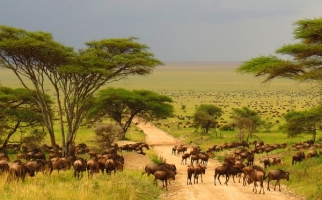
Savanna Biome
Backgrounders
Learn about the location, plants, animals, human impacts and conservation of the savanna biome.
Krista Pooley
Environmental Assessment Coordinator

Carly Silver
Career Profiles
Associate Ecologist

What is Ocean Warming and Why Does It Matter?
STEM Explained
Oceans absorb the greatest amount of solar radiation on Earth. Ocean warming can lead to glaciers melting and ocean acidification.
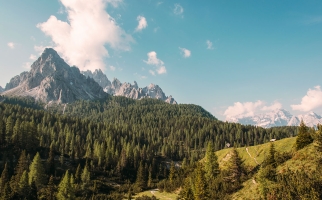
Plants: Biomes
Picture Collections
9 images of plants in some large naturally occuring habitats called biomes such as tundra, grasslands and boreal forests
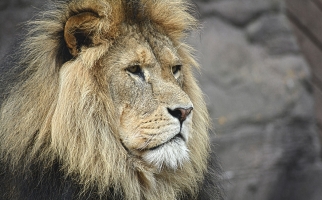
Mammals: Carnivores
Picture Collections
14 images of warm-blooded vertebrate animals such as cats, polar bears and wolves that eat meat and other animal tissue
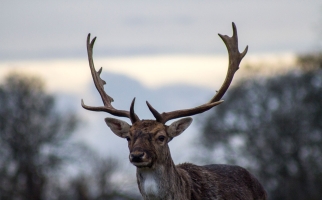
Mammals: Herbivores
Picture Collections
15 images of some warm-blooded vertebrate animals such as cows, deer and giraffes that eat plant vegetation
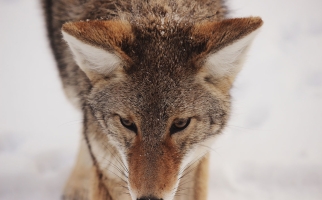
Mammals: Omnivores
Picture Collections
10 images of some warm-blooded vertebrate animals such as brown bears and chimpanzees that eat a diet of plants and animals
![Barbary Macaque Monkeys [Infants] Barbary Macaque Monkeys [Infants]](/sites/default/files/styles/resource_card_image_360x300_/public/barbarymacaquemonkeys.jpg?itok=KqJeCvJI)
Mammals: Primates
Picture Collections
6 images of some mammals classified as primates such as monkeys, apes and humans and characterized by nails on their hands and feet
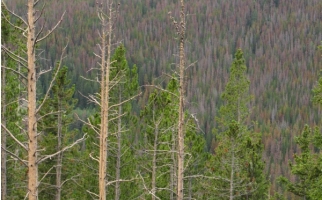
How Do Introduced Species Affect Ecosystems and the Economy?
STEM Explained
When a species ends up outside of its natural zone, the consequences on other species, ecosystems and human industries can be severe. Climate change and human activities can introduce species into new zones.
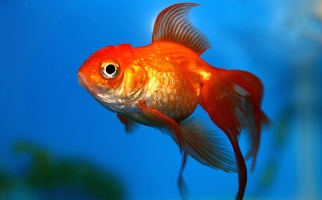
Fish: Freshwater
Picture Collections
4 images of some fish such as koi that live in freshwater river and lake environments and in freshwater aquariums and garden ponds
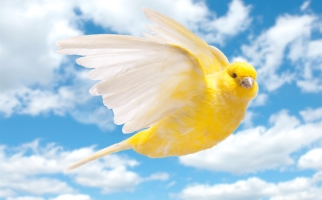
How Can Birds Help Monitor the Health of Ecosystems?
STEM Explained
Scientists can observe birds to get useful information about the health of, and changes in, an ecosystem.
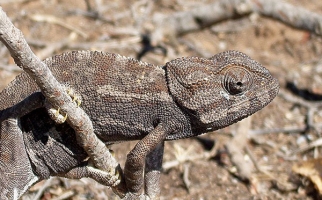
Animals: Adaptation
Picture Collections
11 images of some animals such as lizards and Arctic Hares whose appearance has adapted to provide protection in their environments
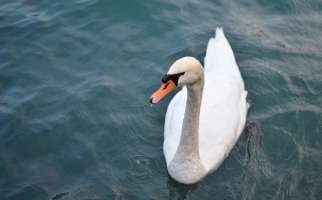
Birds: Aquatic
Picture Collections
12 images of some birds such as seagulls, puffins, ducks and Canada Geese that live on or around freshwater or saltwater habitats
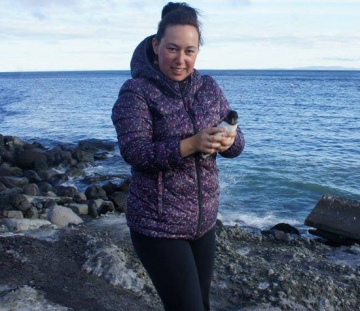
Karine Duffy
Career Profiles
Habitat Stewardship Program Coordinator